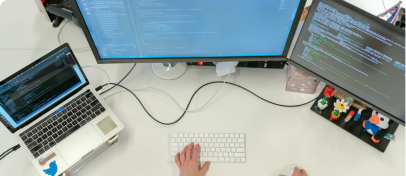
On this dojo.live recap show we are highlighting the key points from last week interviews. We had 1 shows: Managing the APPocalyse with Andrej Safundzic with Andrej Safundzic, CEO @ Lumos You can check out all the shows anytime right here: www.dojo.live/interviews/ #technology #culture #innovation #dojolive #livestream #videoblog


